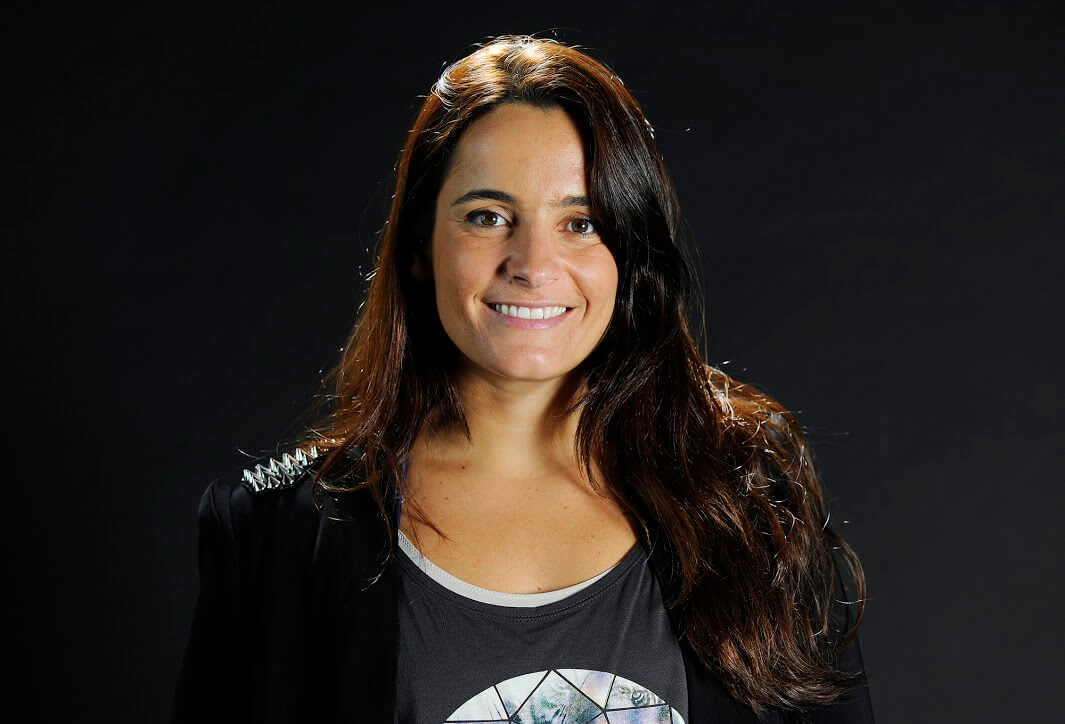It’s no secret that women are playing a serious game of catch-up in both newsrooms and tech companies across America. The New York Times recently reported on what they refer to as a “diversity problem” in Silicon Valley. According to the report, tech giants like Google, Facebook and Apple predominantlyemploy white and Asian men. In fact, the National Center for Women & Information Technology reports that women made up just 26 percent of the computing workforce in 2013. A similar story is playing out in journalism. One June 2013 study published by Media Matters for America suggests that women are significantly underrepresented in the newsroom, especially when it comes to holding management positions. Mariana Santos is setting out to change that – using interactive, visual storytelling.
By pulling together female journalists, artists and developers alike, Santos’s goal is to create a strong network of women who are more than competent when it comes to tech. In her opinion, digital journalism is the perfect vehicle to do just that. After working in Latin American newsrooms as part of a fellowship program with the International Center for Journalists, Santos soon noticed that the media industry there was largely dominated by men. Not only did she feel that women were being underrepresented, she also noticed very little interaction between the editorial team and the technology and design departments. Instead of feeling discouraged, Santos saw a real opportunity for women in digital journalism.
“That’s why I decided to create Chicas Poderosas, a training network that creates multidisciplinary teams to share tools, processes and skills that bring women closer to the digital journalism workflow,” says Santos. According to Santos, integrating technology and animation when telling stories online is both an underutilized and powerful tool. She’s currently charging full steam ahead to improve digital journalism throughout Latin America – especially for women. “In most Latin America countries, the culture is very ‘machiste,’ so women are expected to be three things: daughter, wife and mother,” says Santos. “Their country’s culture makes it easier for menthan for women to move forward in their careers.” According to a 2013 McKinsey Global Survey, the majority of top management positions in Latin America are held by men. Santos is using Chicas Poderosas to bring training and mentoring opportunities to Latin American women in the hopes that doing so will give them a stronger voice in media. While she says the gender gap in tech is far from being closed, she does believe that women are definitely making progress and gaining space online. “The amount of networks that have been started in the last few years aiming to address this issue is incredible, and to realize the power of community, especially within the female network, is just magical,” she says. Santos, who’s also the director of interactive and animation at Fusion, is currently organizing a three-day event at Stanford University to bring together 60 female journalists from Latin American newsrooms. The highlight of the event will be connecting these women with professors and renowned journalists. “Together, we’ll shape the future media of Latin America,” says Santos.
Using tech to empower women in the newsroom

Eyleen Vargas Dávila


















